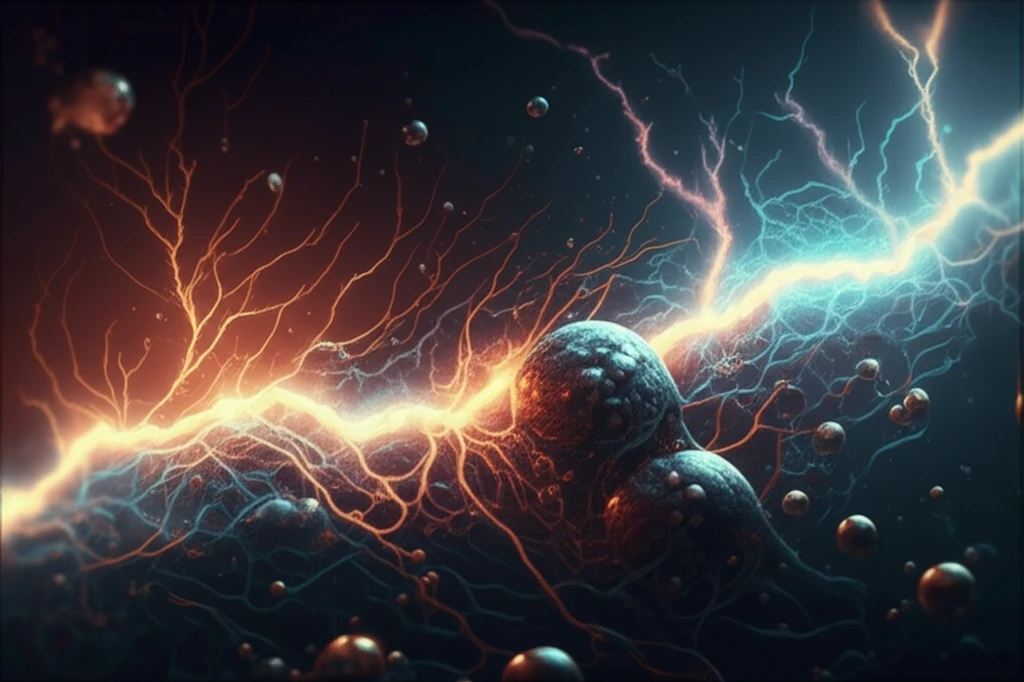
Charged Up: How Electric Fields Could Revolutionize Oil-Water Separation
"Unlocking the secrets of droplet behavior for cleaner and more efficient industrial processes."
Imagine a world where separating oil from water is as simple as flipping a switch. The ability to precisely control the movement of tiny oil droplets in water has long been a challenge, but recent advances in understanding how electric fields affect these droplets are bringing that vision closer to reality. This isn't just about cleaning up oil spills; it's about transforming industries from oil recovery to pharmaceutical production.
At the heart of this technology is the concept of electrokinetics – the phenomenon of charged particles moving in a fluid under the influence of an electric field. While the basic principles of electrokinetics have been known for some time, applying them to oil droplets near solid surfaces introduces a complex interplay of forces. These forces, including electrostatic interactions, van der Waals forces, and hydrodynamic effects, dictate how the droplets behave and, crucially, how they can be manipulated.
A new study published in the International Journal of Heat and Mass Transfer has shed light on this intricate dance of forces. By numerically investigating the translational velocity of charged oil droplets near charged surfaces under an applied electric field, the researchers have opened up new possibilities for controlling these droplets with unprecedented precision. This article explores the key findings of this study and their potential impact on a variety of fields.
Decoding Droplet Dynamics: Key Factors at Play

The study focuses on the forces that govern the behavior of a negatively charged oil droplet in water as it approaches a negatively charged solid surface under a DC electric field. The researchers developed a sophisticated three-dimensional mathematical model to simulate this interaction, taking into account a variety of parameters such as the charge (zeta potential) of the droplet and the solid surface, the distance between them, and the strength of the electric field.
- Buoyancy Force (FBG): This force, driven by the density difference between the oil and water, causes the droplet to rise.
- Dielectrophoretic Force (FDEP): Arising from the non-uniform distribution of the electric field around the droplet, this force pushes the droplet away from the solid surface.
- Electric Double Layer Interaction Force (FEDL): This force stems from the interaction of the electric double layers that form on the charged droplet and solid surface. It can be either repulsive or attractive, depending on the charges of the surfaces.
- Van der Waals Force (Fvdw): This is a short-range force that can either attract or repel the droplet, depending on the properties of the oil, water, and solid surface.
The Future is Electric: Promising Applications and Further Research
This research provides a crucial foundation for developing advanced technologies that rely on precise manipulation of oil droplets in aqueous environments. The potential applications are vast, ranging from more efficient oil separation and recovery methods to improved water purification techniques and novel drug delivery systems. By understanding and controlling the forces that govern droplet behavior, we can unlock new possibilities for a cleaner, more efficient, and healthier future. Further studies focusing on more complex systems, such as deformable droplets or the presence of multiple droplet types, will undoubtedly expand the scope and applicability of this exciting field.
